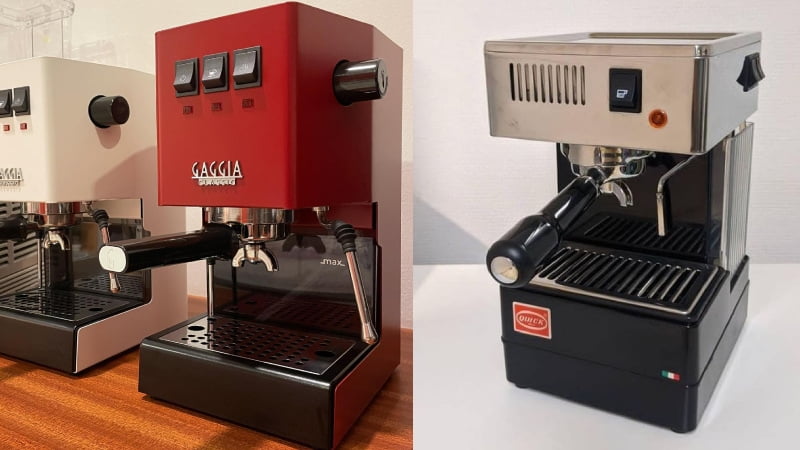The winner of the debate Gaggia Classic Pro vs Quickmill 820 is here! Gaggia Classic Pro is the clear victor in the contest between it and the Quickmill 820. Even though their looks are nearly identical, it is clear that the Gaggia Classic Pro produces better espresso.
The winning Gaggia Classic Pro can reliably produce well-balanced and silky espressos. Its consistent temperature control, which consistently provides hot espressos, is impressive. A basic steam wand that can froth creamy foam for drinks like flat whites, mochas, lattes, etc., is included in the gadget. This is one of the top choices in this pricing range.
As for Quickmill 820, this machine features a short heat-up time that needs little preparation. I really appreciate how quietly it runs and how wonderful the crema layers are. However, the espresso quality falls short of what the Gaggia Classic Pro offers. It lacks power and has been watered down. I’ll go into further depth below.

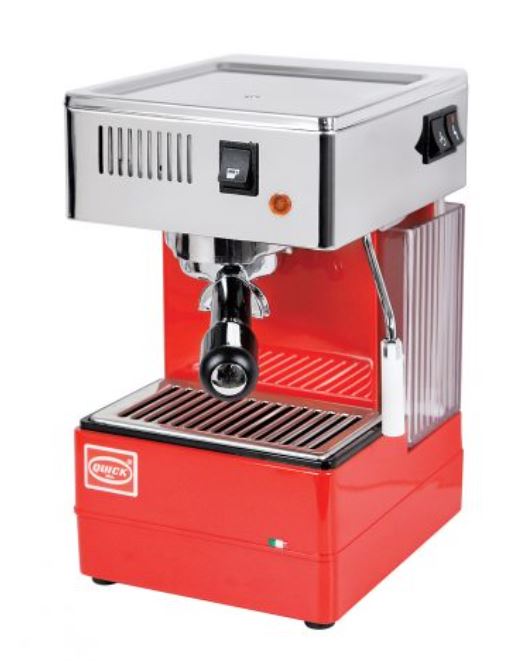


Last update on 2025-06-24 / Affiliate links / Images from Amazon Product Advertising API
Gaggia Classic Pro vs Quickmill 820: Differences
Gaggia Classic Pro wins 3-1 against Quickmill 820. Its overall design is more commercially-orientated despite being a residential appliance, so it’s guaranteed that it will be very durable. In addition, its steam wand performs better with creamy milk foam, and the pump pressure works with better consistency.
Heating system
Winner: Quickmill 820
While Quickmill 820 utilizes a Thermoblock to brew water, Gaggia Classic Pro employs a single boiler system. And in my experience, they function very smoothly with their original technology. But how do they square up against each other?
Quickmill 820’s Thermoblock heats up much quicker than Gaggia Classic Pro. It takes me about 2-3 minutes to wait for its warm-up process. However, this wasn’t the original heat-up time that I got from Quickmill 82. During the first months of owning it, the machine took under 1 minute only to start brewing. Now it takes more time to be able to dispense hot espresso.
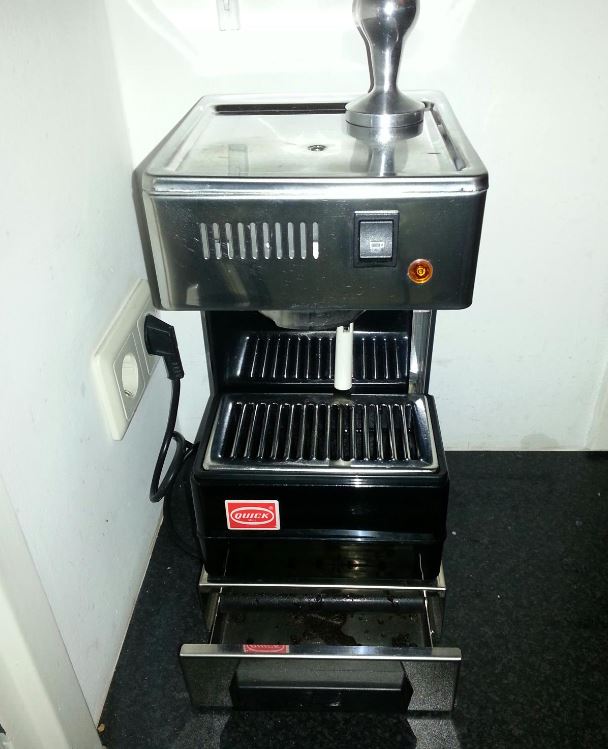
As for Gaggia Classic Pro takes 5 minutes to heat up and extract espresso, which is slightly longer than Quickmill 820.
However, remember that the durations I mention above are for minimum preparation only. If you truly want hot cups of espresso in the morning that release soothing steams, it’s recommendable to turn these machines on for at least 10-15 minutes before you start brewing.
Espresso extraction
Winner: Gaggia Classic Pro
Gaggia Classic Pro uses 15 bars, while Quickmill 820 utilizes 16 bars to pump out espresso. Judging from the technology, users will immediately think that Quickmill 820 boasts a more powerful pump pressure. But unfortunately, the logic doesn’t apply to the reality of how this machine performs.
Quickmill 820 could be better at maintaining good pressure work. Because of this, I frequently find the espresso dispenser pouring it too rapidly, which is why I recommended that users of this model grind their beans finer and tamp their pucks more firmly. If I make these changes, the espressos will turn out strong and watered down.
On the contrary, Gaggia Classic Pro has proven to be an all-time favorite espresso device with its stable 15-bar pump, which extracts rich espresso with quite good layers of crema. As a result, I have consistently pulled bold shots of espresso without any problem.
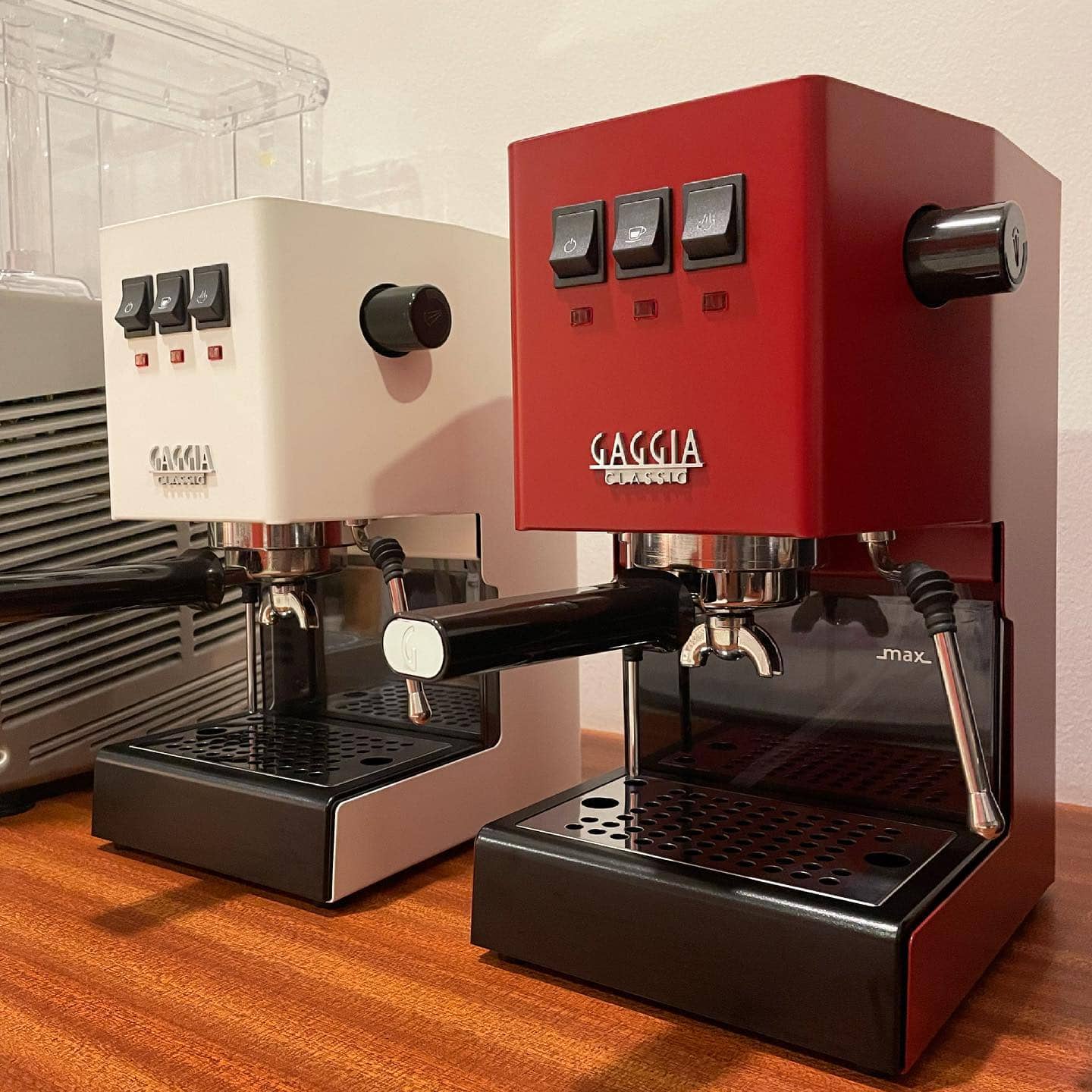
Milk System
Winner: Gaggia Classic Pro
I’ve frothed milk many times with this pair, and I’m confident that the Gaggia Classic Pro performs better. The Gaggia Classic Pro steam wand is designed with a 2-hole tip, so the foam is considerably creamier, and the frothing time isn’t too long. It takes me about 1 minute 15 seconds for a creamy jug of milk, with which I can do latte art. I think Classic Pro is perfect for preparing a flat white or latte.
On the other hand, with Quickmill 820, I don’t anticipate getting a powerful steam wand that can froth microfoam for an affordable price, but it should be able to produce foam that is at least creamy. In contrast to my initial belief, this machine can barely get the milk creamy, let alone airy milk foam. I can’t do latte art with this because the design collapses too quickly due to the milk and foam’s lack of density.
Water tank position
Winner: Gaggia Classic Pro
The convenience of daily brewing is also impacted by the location of the water tank. Gaggia Classic Pro has a frontal water tank that is transparent. I have two options: I either pull it out from the front or I can remove the machine’s lid and fill the reservoir from the top. Overall, I don’t have to move this model around much to refill, nor does it take up much room.
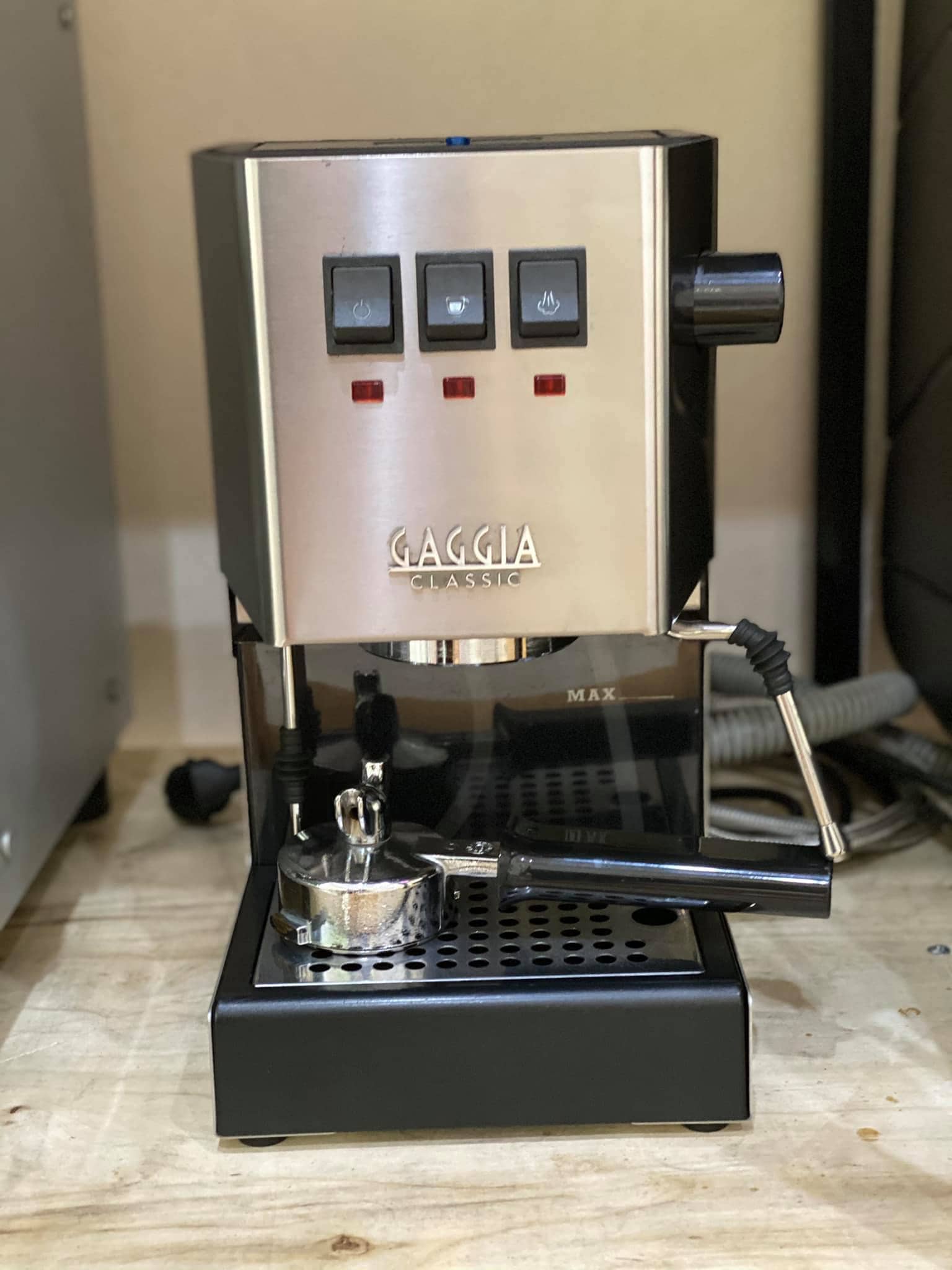
Despite having a very small footprint, the Quickmill 820 includes a side water tank that I have to slide out to replenish. As a result, it needs more room on the right side for maneuverability.
Gaggia Classic Pro vs Quickmill 820: Similarities
I immediately note two similarities between the Gaggia Classic Pro and Quickmill 820: their modest size and semi-automatic nature. How do they perform, too?
Tiny footprint
Users can fit these machines in practically any corner or tabletop because of their small footprints. The Quickmill 820 is the smaller of the two. This one should work well if your kitchen space is really constrained.
Semi-automatic brewing features
These are two espresso makers that operate semi-automatically. Because of this, several phases in the brewing process need physical labor. First, I have to ensure everything goes properly, from the bean grinding to the injection dosage.
But bear in mind that this is not a hassle if you want to make good espressos. To have more control over the flavor and consistency of their espresso, many consumers choose semi-automatics rather than super-automatics.
Quiet operatin
Thanks to their top-notch mounting, these machines barely vibrate or produce noise. So if you live in a household where silence is a necessity of life, these machines won’t wake you or other people up with the rumbling sound in the morning.
Quick Rundown of Gaggia Classic Pro
- Solid Steel Housing, Made in Italy
- 9 Bar Espresso Extractions
- Stainless Steel 58mm Commercial Portafilter
- Commercial Three Way Solenoid Valve
- Commercial Steam Wand
Last update on 2025-06-24 / Affiliate links / Images from Amazon Product Advertising API
Quick Rundown of Quickmill 820
Product Videos
Related Articles to Gaggia Classic Pro
- Gaggia Brera vs Classic Pro: Which Model Should You Choose? Are Fully-automatics better?
- Gaggia Carezza Deluxe vs Classic Pro: Comparison Of The Two Espresso Machines For Entry-level
- Flair Pro 2 vs Gaggia Classic Pro: A Worthwhile Debate Of Conventional Vs Unique Machines
- Flair 58 Vs Gaggia Classic Pro: Detailed Comparing to Find The Better One
- Rancilio Silvia M Vs Gaggia Classic Pro: A Detailed Comparison
- Lelit Anna 2 Vs Gaggia Classic Pro: Which One Do I Prefer More?
- Gaggia Classic vs Gaggia Classic Pro: Which Version Is Better?
- Lelit Anna Vs Gaggia Classic Pro: Which Semi-automatic Machine Is Better?
- Breville Infuser vs Gaggia Classic Pro: Honest Comparison Of 2 Budget Machines For Beginners
- Breville Duo Temp Pro vs Gaggia Classic Pro: 5 Differences To Find Out Why You Should Invest In the Duo Temp Pro
- Breville Bambino Plus Vs Gaggia Classic Pro: Which Is Suitable For Your Taste?
- Breville Barista Express Vs Gaggia Classic Pro: Which Is A More Suitable Purchase?
References:
- Gaggia Classic Pro: https://www.gaggia-na.com/products/gaggia-classic-pro
- Quickmill 820: https://www.quickmill.it/en/products/group-quick-mill/mod-0820/

I’m Floyd J. Alcock, an experienced barista with a deep love for coffee. I curate personalized coffee experiences, guiding customers through diverse flavor profiles and suggesting ideal brewing methods. My extensive knowledge of espresso machines enables me to recommend the best equipment to match specific needs and budgets. Sharing my expertise and passion with coffee enthusiasts brings immense satisfaction. I look forward to continuing my journey of coffee discovery with every customer I serve, fostering connections over a shared love for this magical beverage.
